By Noe Ponce (Inohe)
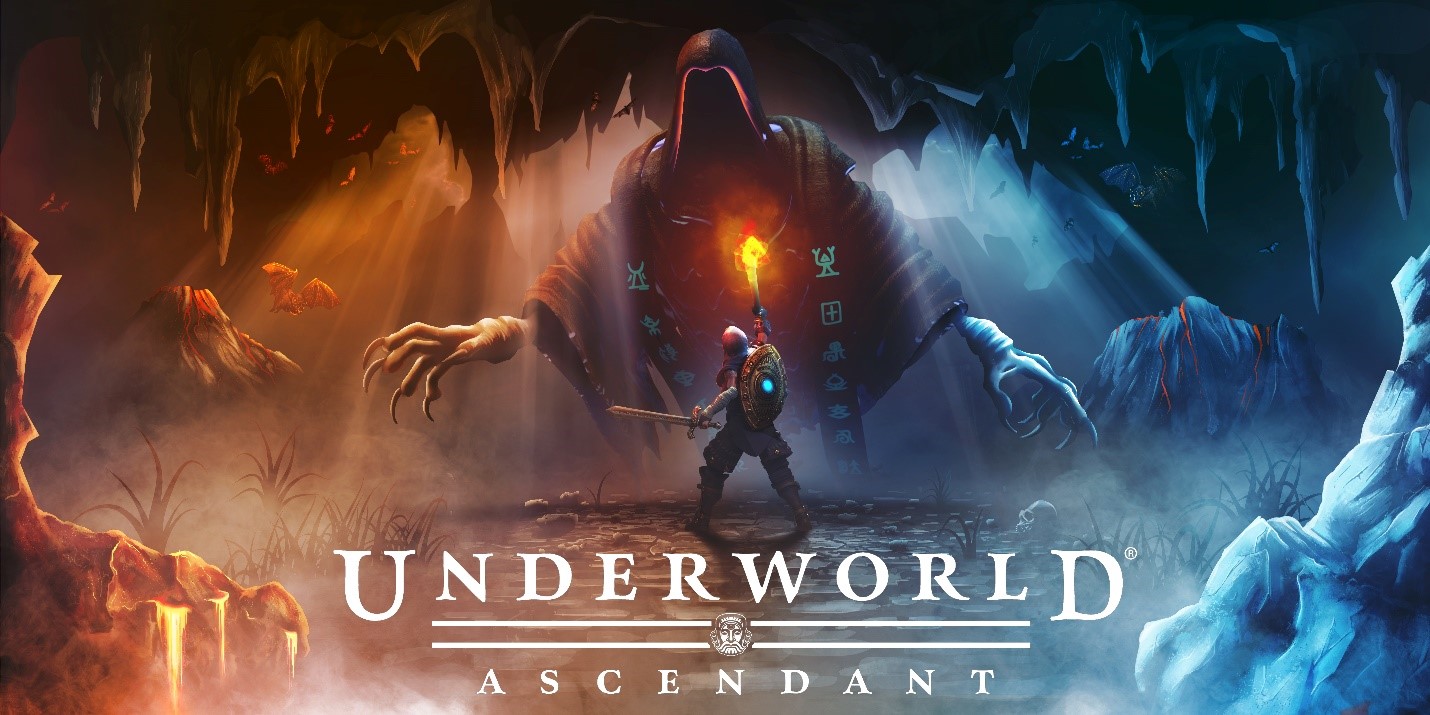
If Elder Scrolls and Gauntlet Legends had a baby, you’d have Underworld Ascendant. It’s the next gen sequel to Ultima Underworld and Ultima Underworld II, two games that released more than 25 years ago. In Underworld Ascendant, gamers return to the Stygian Abyss, a nightmarish underground dungeon first introduced in an even older game, Ultima IV: Quest of the Avatar, back in 1985. Feel old yet? Or young?
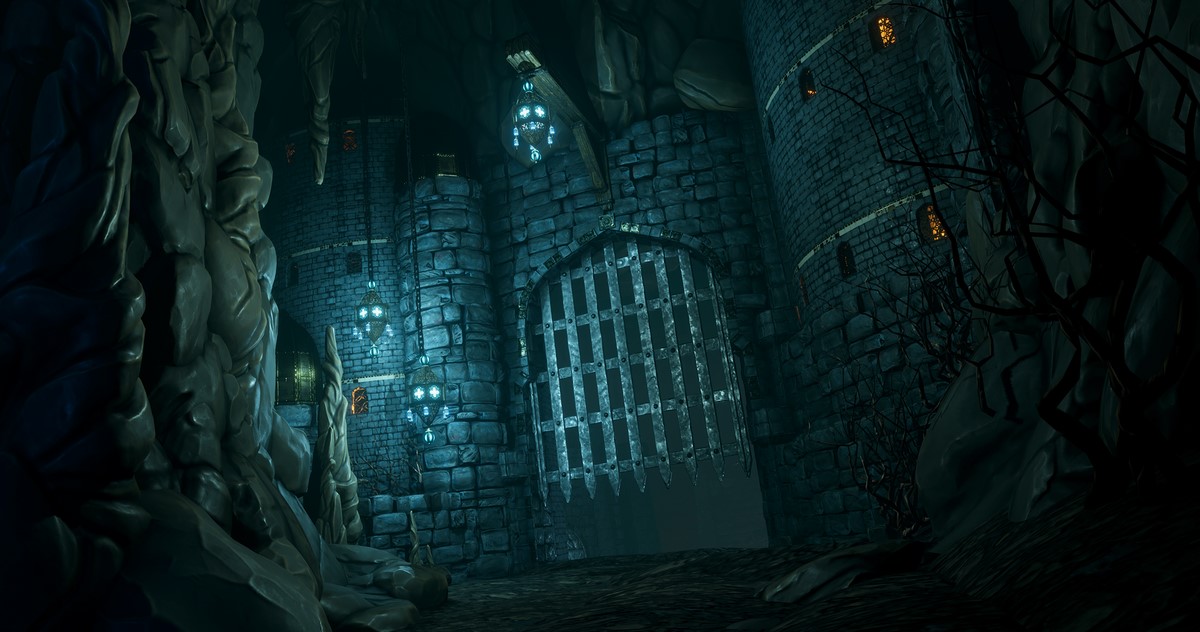
Players assume the role of the Avatar, a human magically transported to the Underworld. Unlike traditional RPGs, there are no predetermined classes or roles. Sticking to the roots of its predecessors, players equip the Avatar with various skills based on playstyle and preference. While diverse in their own right, the skill trees themselves remain fairly unimaginative: Your atypical trio of Combat, Stealth and Magic. The build I was playing also had my Avatar loaded up with an assortment of weapons and other items. My favorite pieces of equipment were the water arrows, which allowed me to douse any torches I came across, and the Jewel of Befuddlement. While I’m still befuddled as to what exactly it did (cwutididthar), it sure looked cool when I used it!
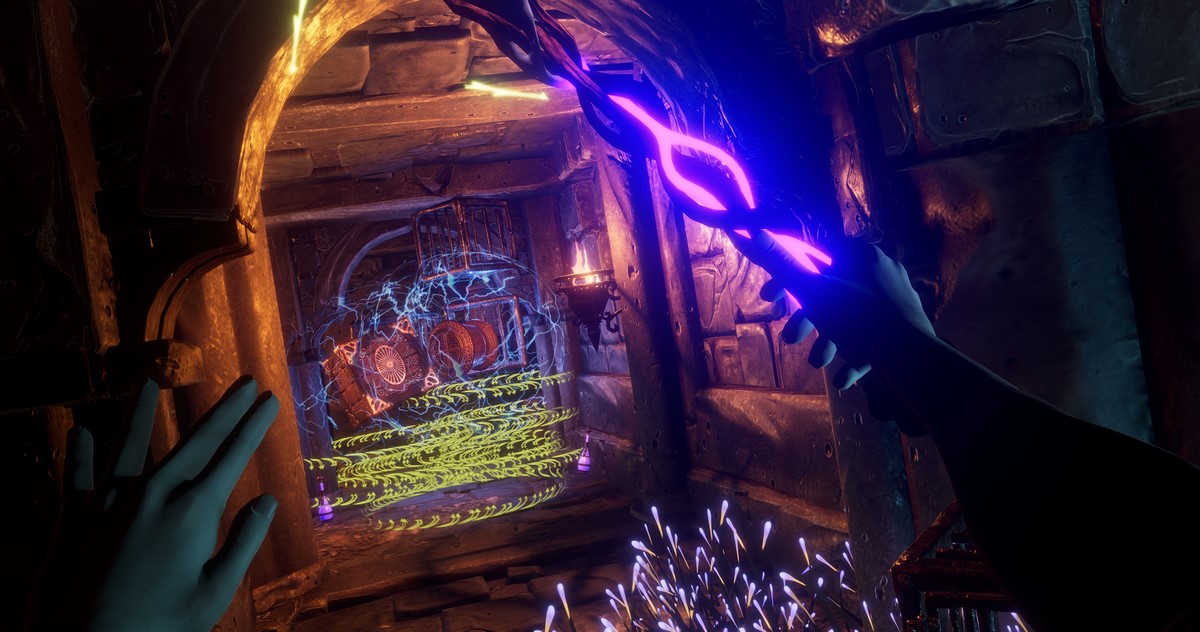
Speaking of looking cool, the game is truly a sight to behold. The screenshots, while gorgeous, don’t do the actual game justice. Appropriately creepy with a disconcerting air about it, the Stygian Abyss manages to look good even at 33 years old. UA is more than just a pretty face, however. It gets in your head. Whilst exploring I kept in stealth mode, mentally preparing myself for a fight and dousing every torch I came across. It felt like an enemy could pop-up at any moment. Which, in my opinion, is how a proper dungeony dungeon should feel.
Is “dungeony” a word? It should be.
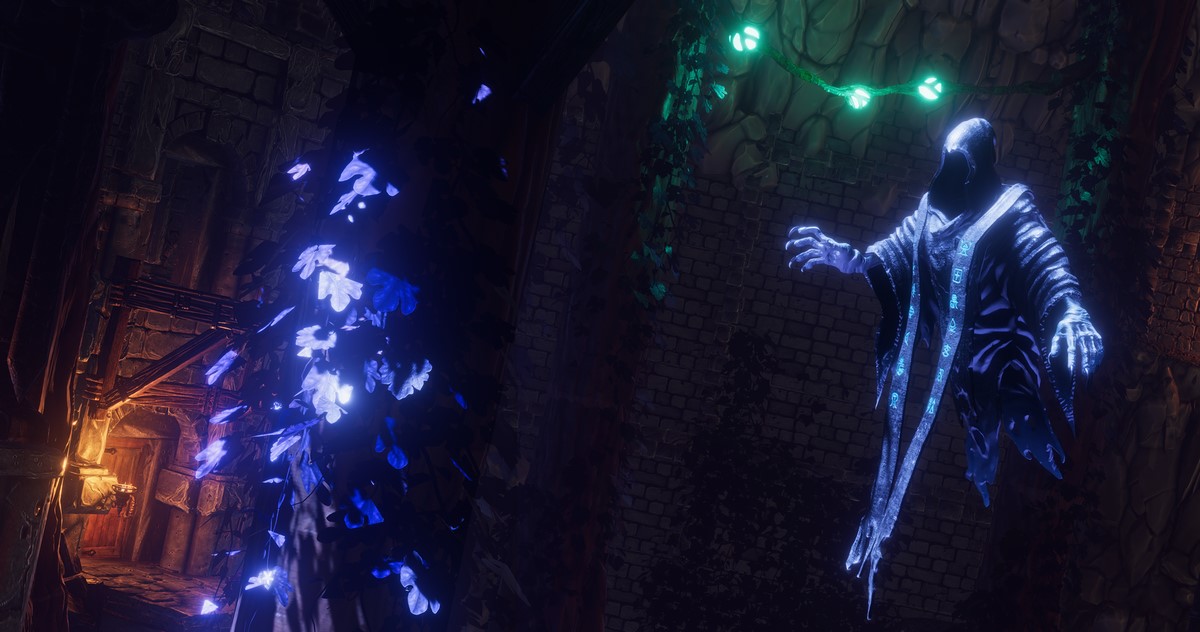
Unfortunately, combat in Underworld Ascendant was no near as attractive a feature. While it likely had much to do with the build I was playing, I encountered a number of issues when trying to engage a fight. A fan of stealth tactics, I tried to keep to the shadows and pick off enemies from afar with the bow. Similar to the Elder Scrolls series, there’s an eye symbol that appears while in stealth mode. If it’s closed, enemies can’t see you or you’re hidden in darkness. In contrast, when it’s open, you’re either in some kind of light or an enemy has sight of you. This feature didn’t work as advertised, however. I would snipe enemies in complete darkness but if I missed or they lived, they’d know exactly where I was. They would then begin to counter-attack despite my stealth eye symbol never opening. But as stated previously, it was likely a bug in the build I was playing. The issues didn’t stop at stealth though.
What makes combat fun in any game is how rewarding it feels. That sensation was lacking in Underworld Ascendant. The aiming mechanic, for example, spoiled a lot of my enjoyment. It seemed off somehow. I’d get into position, draw my arrow, aim for the head and…would miss. The enemies weren’t typically moving at the time either, but I’d miss my mark nonetheless. Missing would then lead to enemies attacking me despite being “hidden.” It was frustrating. What’s the point of playing the stealth game if I can’t properly pick-off foes? Swordplay was also a letdown. Whenever an enemy got up close and personal with me, I’d draw my sword and lamely hack at it until it died. Combat was just underwhelming all around.
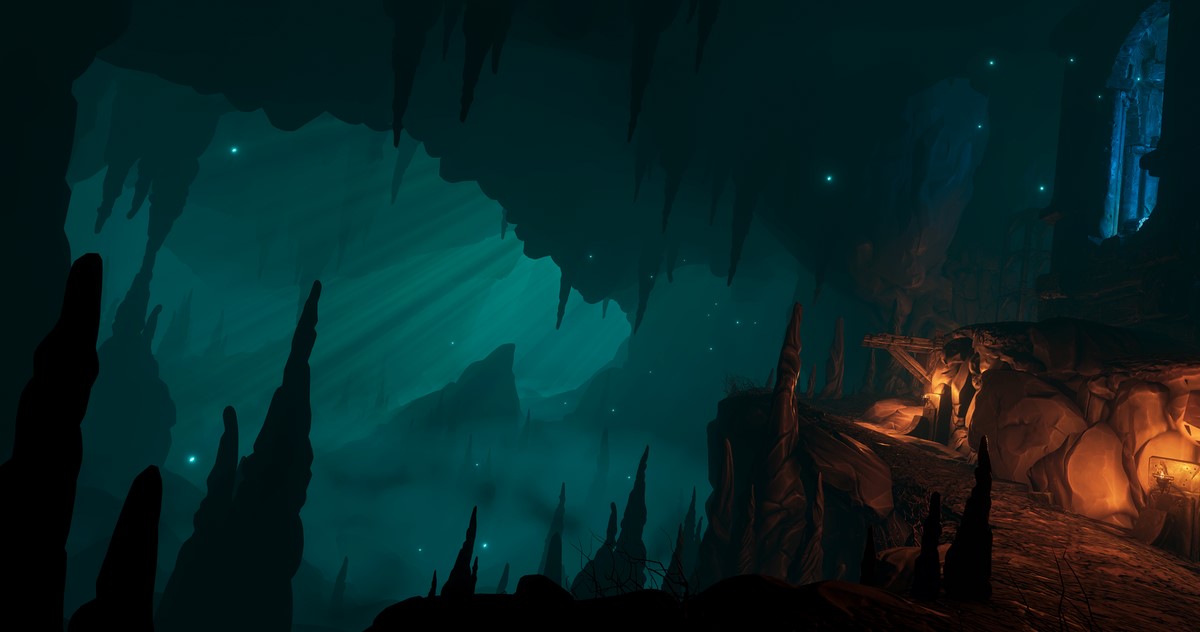
Underworld Ascendant does have a unique quality that greatly impressed me, however. The 14-man team over at Otherside Entertainment designed UA to include what they call an “Improvisation Engine.” This engine encourages something else they coined as “emergent behavior.” Essentially, the devs want players to ask themselves, ‘Can I do that?’ and find out that yes, indeed they can.
Throughout the Stygian Abyss are a variety physic-based puzzles, obstacles and traps that must be addressed. Thanks to the Improvisation Engine, players can get creative with how they approach these roadblocks. Can’t reach a far away platform? You could wall run, or find another way across by busting (or burning) down that locked wooden door. Perhaps you’d consider stacking those crates laying around everywhere to form a stairway or bridge. You get the picture. There are multiple paths to success for any given situation in Underworld Ascendant. Which path you take is entirely up to you.
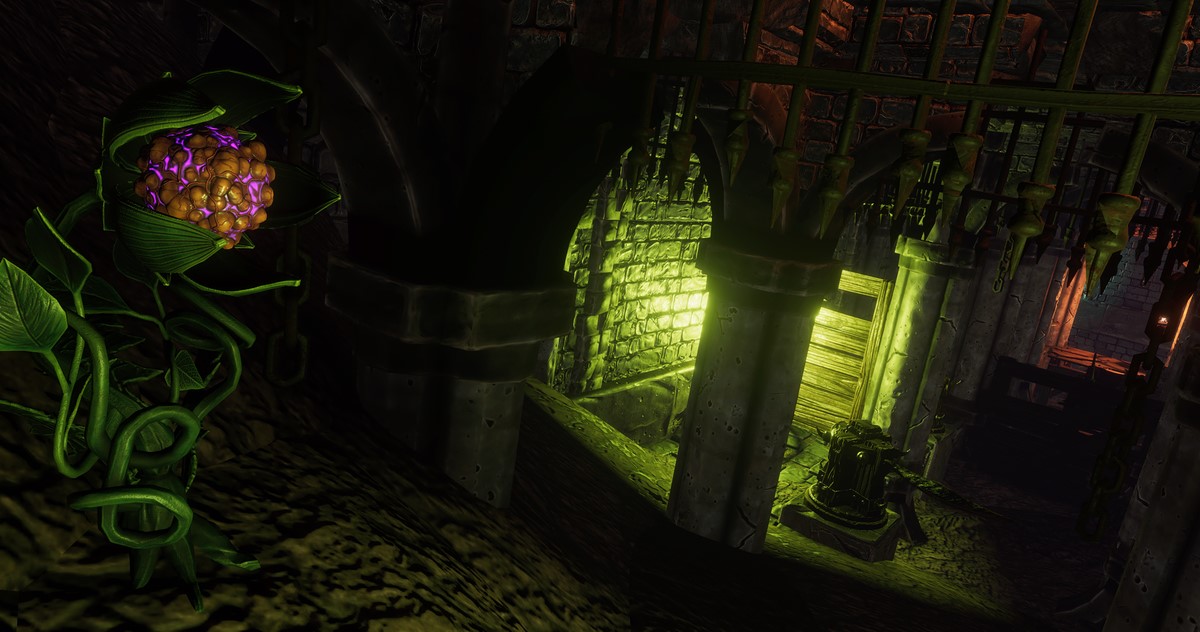
Remember when I mentioned Gauntlet Legends in the first sentence? Here’s why. Aside from finding hidden food throughout the Abyss for your Yellow Wizard, UA is also mission-based. Not only that, players actually receive a score screen and gain experience based on performance in various areas such as stealth and how well they used the environment. It’s an interesting concept for sure, one that definitely sets Underworld Ascendant apart from other RPGs, and why it reminds me of Gauntlet Legends so much.
I didn’t get much at E3 in terms of story or plot; only some brief statements about different factions. I suspect we’ll hear more as we near Underworld Ascendant’s September 2018 release date. But I have to be honest, the build I played didn’t feel like something that’s getting released in three or four months. I personally feel UA would greatly benefit from six more months of polish. The bones are there though. With such an epic legacy to live up to, Underworld Ascendant deserves to be great. Hopefully, Otherside Entertainment uses these next few months wisely and makes it so.
To learn more about Underworld Ascendant and its unique approach to gameplay, please visit the official website.



